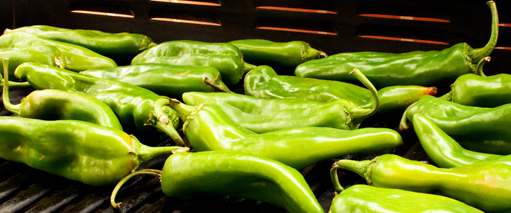Flash In The Pan: The Correct Answer Is Green
On New Mexico’s Chiles And Preparing For Winter


odonata98
Latest Article|September 3, 2020|Free
::Making Grown Men Cry Since 1992


odonata98
